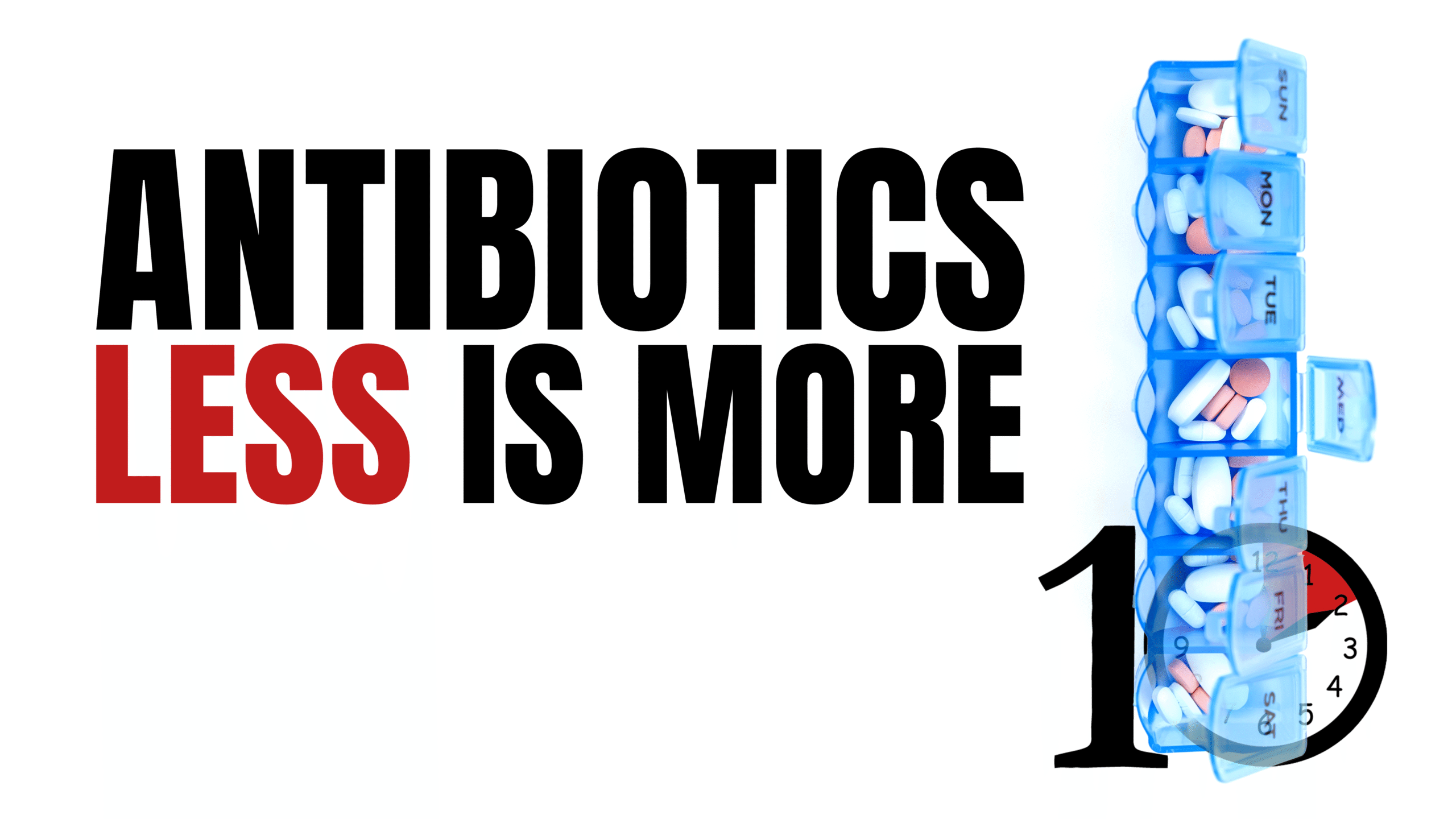
A unique aspect of emergency medicine is being on the front lines of clinical care. We are fortunate to be among the first to be exposed to all things, from novel respiratory pathogens to newly approved pharmaceuticals. Here are a few of the new approvals potentially relevant to emergency medicine practice.
First off the rack is Neffy (epinephrine), whose name is more reminiscent of a child’s plush toy than a pharmaceutical. Regardless, Neffy is approved as an intranasal delivery system for epinephrine primarily for the treatment of anaphylaxis. The marketing pitch focuses on the intranasal route as an alternative to needles required for intramuscular administration.
However, it is worth noting that the approval for Neffy did not involve any patients treated for actual anaphylaxis. Rather, the approval hinged on pharmacokinetic evaluation conducted in healthy volunteers.1 In the “pivotal” study relied upon for FDA approval, two milligrams of nasal Neffy was administered and compared with 0.3 mg of epinephrine administered intramuscularly either by needle and syringe or by cartridge auto-injector.2
According to the pharmacokinetic data presented, Neffy showed serum epinephrine levels exceeding that of both methods of intramuscular administration, and thus, its approval.
However, within the first 30 minutes, arguably the most important time frame for treatment of anaphylaxis, Neffy had a much slower onset and reached a lower peak plasma concentration than the epinephrine auto-injector. It was only when serum levels were measured all the way out to the six-hour mark did Neffy catch up and surpass its comparators. Although it may be true Neffy is a “potential alternative” to epinephrine injectables, its lack of documented real-world effectiveness is a major limitation. Finally, Neffy is estimated to have a wholesale acquisition cost of about $700 for a twin-pack device, a bit more than even the already-quite-expensive branded auto-injectors.3
The quest for safe, non-opioid pain relief continues with Journavx (suzetrigine). This medication is a first-in-class analgesic with a mechanism of action featuring selective inhibition of peripheral sodium channels. Naturally, Journavx is far from a miracle drug with immediate application to emergency medical practice, but it may have a limited role.
Efficacy for Journavx was demonstrated primarily in two clinical trials following minor surgical procedures in healthy adults.4 In each of these, Journavx was tested against both placebo and a combination of hydrocodone and acetaminophen. In the first trial, conducted in patients undergoing abdominoplasty, Journavx demonstrated apparent efficacy on the level with the hydrocodone and acetaminophen combination arm. In the second trial, in patients undergoing bunionectomy, there was no difference between Journavx and placebo until the eight-hour mark after study initiation.
After this point, Journavx “caught up” with the hydrocodone and acetaminophen combination arm. The slow onset of effectiveness suggested by these data is consistent with the pharmacokinetics of Journavx, and implies there will not be any role for Journavx in controlling acute pain. However, there may be a role for this drug in patients whose painful conditions are expected to persist for several days after emergency department discharge.
It is important to note Journavx is metabolized through the CYP3A pathway, producing the potential for many drug-drug interactions. Dosing adjustment is suggested in patients already taking CYP3A inducers. Conversely, Journavx is contraindicated in patients taking CYP3A inhibitors, as concomitant use would increase serum exposures.
The wholesale acquisition cost for Journavx is estimated at about $460 for a 30-count bottle.5
Going from new drugs to old drugs, Atzumi (dihydroergotamine [DHE]) tries yet again to revive the very old drug dihydroergotamine. Ergotamine-formulation medications have been used to treat migraines for nearly 100 years. In fact, nasal spray administration of DHE has been available on the market since 1946. The challenge with DHE-based intranasal medications, traditionally, has been their limited effectiveness because of low bioavailability from the anterior nasal route.
Atzumi is preceded by the 2021 approval of Trudhesa, also a DHE product featuring a new delivery system. Trudhesa improved on the 1946 standard by targeting the upper nasal passages for improved absorption.6 In its particular variation, Atzumi repackages the DHE into a powder-based form. Based on the clinical trials leading to its approval, this powder-based delivery attains bioavailability of approximately 60 percent, similar to the Trudhesa product.7
The DHE are also metabolized through the CYP3A pathway, resulting in a wide spectrum of potential interactions. The consequence of potentiated vasoconstriction is obvious: peripheral limb ischemia, myocardial infarction, and fatal cerebrovascular complications.8 In addition to CYP3A concerns, there are several other classes of medications thought to have the ability to potentiate vasoconstriction and vasospasm, including triptans, selective serotonin reuptake inhibitors, nicotine, and certain beta-blockers. It is unlikely this will ever be a preferred option to initiate in the emergency department. Rather, if there is sufficient uptake of these two medications, presentations for their adverse effects may become more common.
Wholesale acquisition cost for Atzumi was not available at the time of this writing, but it is expected to be similar to Trudhesa at about $850 for a four-dose kit.
The least controversial of these new medications is likely Blujepa (gepotidacin), a straightforward new class of oral antibiotic. Blujepa, a triazaacenaphthylene antibiotic, inhibits DNA replication by blocking two different type II topoisomerase enzymes. In theory, with two sites of inhibition, the potential for gepotidacin resistance diminishes.
The efficacy of Blujepa has been tested in the EAGLE series of clinical trials, with EAGLE-1 evaluating its efficacy against urogenital gonorrhea, and EAGLE-2 and EAGLE-3 against common pathogens causing uncomplicated urinary tract infections.9,10 EAGLE-1 compared oral treatment with Blujepa against ceftriaxone plus azithromycin, and both treatment regimens were similarly highly successful. The results from EAGLE-2 and EAGLE-3, testing Blujepa against nitrofurantoin are more complex, but need not be intricately dissected. Generally speaking, Blujepa was at least as efficacious as nitrofurantoin with respect to both symptom resolution and microbiological test of cure.
As with all new classes of antibiotics, appreciation for its introduction needs to be inversely proportional to enthusiasm for its use. The longer it is possible to hold off incorporating Blujepa into the typical treatment rotation, the longer it may be relied upon as a useful alternative. The side effect profile of Blujepa was generally benign. However, there was a clear increase in antibiotic-associated diarrhea, including infections with C. difficile.
The wholesale acquisition cost for Blujepa is also not yet available.
For now, it is unclear how much market penetration each of these drugs will have and how frequently they will be encountered by the typical emergency physician. However, whether by seeing them for potential adverse effects, after use for anaphylaxis, or unsolicited patient requests, it is worth being aware of these new options.
 Dr. Radecki (@EMLITOFNOTE) is an emergency physician and informatician with Christchurch Hospital in Christchurch, New Zealand. He is the Annals of Emergency Medicine podcast co-host and Journal Club editor.
Dr. Radecki (@EMLITOFNOTE) is an emergency physician and informatician with Christchurch Hospital in Christchurch, New Zealand. He is the Annals of Emergency Medicine podcast co-host and Journal Club editor.
- neffy. Highlights of Prescribing Information. https://www.accessdata.fda.gov/drugsatfda_docs/label/2024/214697s000lbl.pdf Accessed May 7, 2025.
- Ellis AK, Casale TB, Kaliner M, et al. Development of neffy, an epinephrine nasal spray, for severe allergic reactions. Pharmaceutics. 2024;16(6):811.
- ARS Pharmaceuticals. SEC Form 8-K. 13 Jan 2025. Page 20.
- Jones J, Correll DJ, Lechner SM, et al. Selective inhibition of Na V 1.8 with VX-548 for acute pain. N Engl J Med. 2023;389(5):393-405.
- Vertex. Vertex Announces FDA Approval of JOURNAVX™ (suzetrigine), a First-in-Class Treatment for Adults With Moderate-to-Severe Acute Pain. https://news.vrtx.com/news-releases/news-release-details/vertex-announces-fda-approval-journavxtm-suzetrigine-first-class. Published January 30, 2025. Accessed May 7, 2025.
- Shrewsbury SB, Jeleva M, Satterly KH, et al. Stop 101: a phase 1, randomized, open‐label, comparative bioavailability study of inp104, dihydroergotamine mesylate (Dhe) administered intranasally by a i123 precision olfactory delivery (POD®) device, in healthy adult subjects. Headache. 2019;59(3):394-409.
- Albrecht D, Iwashima M, Dillon D, et al. A phase 1, randomized, open‐label, safety, tolerability, and comparative bioavailability study of intranasal dihydroergotamine powder (Sts101), intramuscular dihydroergotamine mesylate, and intranasal dhe mesylate spray in healthy adult subjects. Headache. 2020;60(4):701-712.
- Atzumi. Highlights of Prescribing Information. https://www.satsumarx.com/wp-content/uploads/2025/04/Atzumi-101-US-PI-1.pdf. Accessed May 7, 2025.
- Ross JDC, Wilson J, Workowski KA, et al. Oral gepotidacin for the treatment of uncomplicated urogenital gonorrhoea (EAGLE-1): a phase 3 randomised, open-label, non-inferiority, multicentre study. Lancet. 2025;405(10489):1608-1620.
- Wagenlehner F, Perry CR, Hooton TM, et al. Oral gepotidacin versus nitrofurantoin in patients with uncomplicated urinary tract infection (EAGLE-2 and EAGLE-3): two randomised, controlled, double-blind, double-dummy, phase 3, non-inferiority trials. Lancet. 2024;403(10428):741-755.










